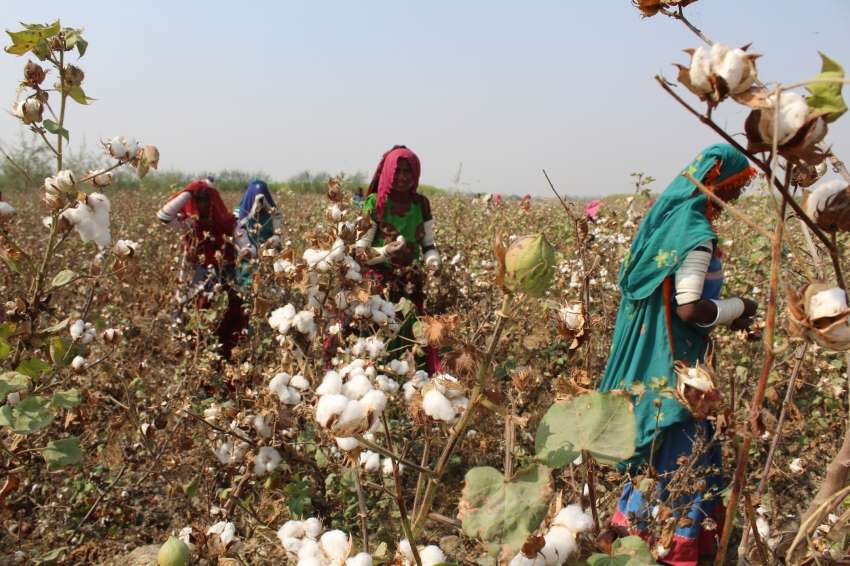
The US’s Department of Commerce released data analysis from its Office of Textiles and Apparel (OTEXA) that indicate the world’s largest economy is slowing down its import volumes of textiles and apparel. The analysis, which was released in the second week of June 2023, revealed since the last quarter of 2022, there has been a high level of unease in the market and amongst consumers as it became apparent that all was not well with the world’s number one economy.
In following months, the fear was compounded with the financial institution crises and that the country’s national debt factor and signs show that this may continue as the economic and political battles have entwined and not making much headway to the election run up next year. The sharpest drop was in March when it fell by more than 40 per cent YOY, and by value a fall of 32.7 per cent YOY. Since then faltering improvement has been recorded.
Retailers want to diversify sources
As the Biden administration continues to curtail Chinese influence not only in the Indo-Pacific region but globally as well, American retailers are weary of further embargoes that could destroy supply sources and want to divest from their reliance on China as much and as fast as possible. In the first four months of 2023, the Herfindahl–Hirschman index (HHI) fell below 0.1.
Similarly, market shares of five largest suppliers (China, India, Bangladesh, Vietnam and Indonesia) fell below 60 per cent for the first time since 2018. This drop suggests US textile and garment exporters are indeed looking towards diversification of supply sources and this strategy may become prevalent in the US fashion industry for years to come in order to deal with market uncertainties and mitigate supply chain risk exposures.
Near-shoring the new strategy for the US
In a new development, about 17.3 per cent of US apparel imports came from countries in Western Hemisphere in the first four months of 2023, up from 15.6 per cent in 2022. This indicates that in a world of supply chain disruptions continuing to cause issues, near-shoring is being actively pursued by US retailers.
US fashion committed to lessen Chinese imports
Despite the Xinjiang cotton controversy over the ban of cotton sourced from this region, China remains the largest supplier of clothing to the US. However, the top supplier saw a drop of 17.9 per cent in value and 30.6 per cent in volume in US imports for the first four months of 2023. For the first time in decades, less than 10 per cent of US cotton apparel imports came from China in March-April 2023, revealing a significant impact of the Uyghur Forced Labor Prevention Act (UFLPA) on US fashion companies’ China sourcing strategies.
Vietnam has been affected in this scenario as it is perceived to be heavily reliant on Chinese cotton as its source for raw material and is therefore, exposed to the risk of buying banned cotton from the Xianjiang province. In value, Vietnam accounted for 17.3 per cent of US apparel imports in the first four months of 2023, down from 18.6 per cent a year ago.
India, a preferred alternative
India, alongside Bangladesh, Indonesia and Cambodia are gaining from US apparel importers turning away from China and seeking cost-effective alternate supply sources from Asia. While near-shoring is proving to be a safer option for US retailers, the cost factor of buying from European suppliers is only applicable for high-end clothing and cannot be exercised for mass retail. Leaving China aside, the top five Asian apparel exporting countries that includes India accounted for 44.7 per cent of US apparel imports in the first four months of 2023.












